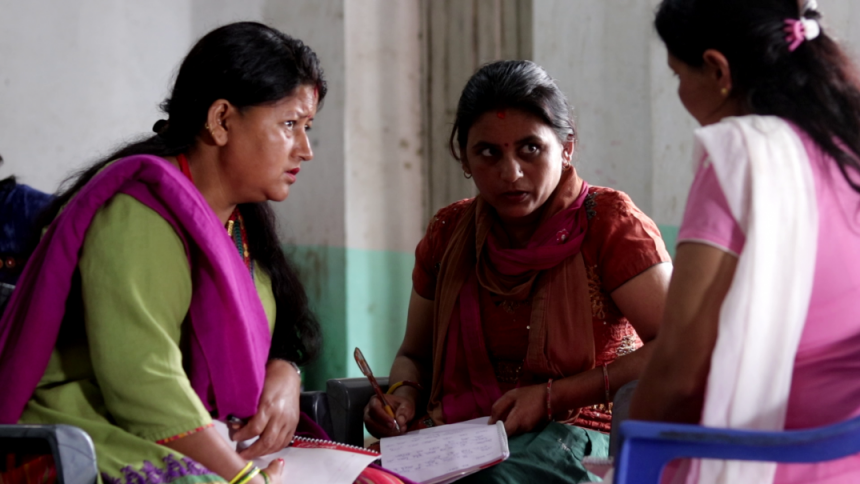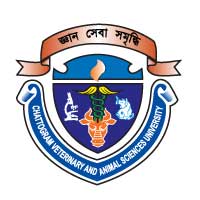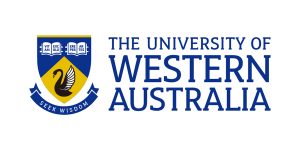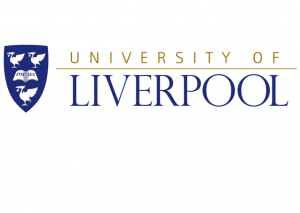Antimicrobial resistance (AMR) is a major threat to global health, food sustainability and security, and socio-economic development. It is estimated that AMR infections currently cause approximately 700,000 deaths each year globally, a figure that is set to rise to 10 million by 2050, if no action is taken. AMR does not recognize geographic or human/animal borders. Public awareness and/or public education on AMR is highlighted in most international guidance. However, it is critically important to go beyond raising public awareness of AMR to actively engaging with individuals and communities, enabling them to identify, develop and implement community-led and contextually relevant sustainable solutions. Community engagement (CE) to address AMR is an under-used and under-researched strategy for addressing AMR globally, and receives little mention in global policy.
We interpret CE to mean a participatory process through which equitable partnerships are developed with community stakeholders, who by using existing or available resources are enabled to identify, develop and implement community-led sustainable solutions to issues that are of concern to them and to the wider global community. Community stakeholders include actors, such as farmers, drug sellers and traditional medicine practitioners, whose behavior is relevant in the context of addressing the drivers of AMR. One of the principal mechanisms of CE is social and behaviour change (SBC) i.e. changes in the behaviour of individuals which, in turn, lead to changes at societal level. CE has the potential to interact with and impact on all other critical AMR initiatives, due to its capacity to identify barriers to addressing AMR within community settings and identify contextualized community-led solutions to overcome those barriers.
OBJECTIVES OF THE PROJECT
General objective:
To co-create, implement and robustly evaluate an innovative intervention that addresses the contextual drivers of AMR through a ‘One Health’ approach, community engagement, awareness raising, and build an infrastructure for knowledge exchange, which ultimately impacts on national and global policy.
Specific objectives:
- To develop contextualized intervention materials for community engagement (CE) that address AMR through a One Health perspective.
- To implement contextually developed materials for community engagement via community dialogue approach (CDA).
- To evaluate an approach to CE that tackles AMR at the community level in terms of its feasibility and acceptability to a range of stakeholders and community people.
- To implement a robust research uptake strategy in order to increase the visibility of CE approaches within, and its potential impact on, the wider AMR research landscape
METHODOLOGY EMPLOYED
This community research project will be completed in a series of phases with both quantitative and qualitative components in it Household Survey (quantitative), Participatory video (PV) and Community Dialogue Approach (CDA), Rapid Ethnography Studies (RES) and qualitative study. Adaptations of the CDA will be based on rigorous formative research, which will include an exploratory qualitative study using the PV, RES methods household survey, semi structured interviews and focus group discussions. Within PV approach, a small group of people from each community will be introduced to the issue of AMR and to international guidance on how to prevent it through a series of workshops. They will be simultaneously trained in the principles of film production. The group then uses its knowledge about AMR to explore with their community through a series of short films that they collectively produce. This approach will be followed by RES, semi-structured interviews and focus group discussions which will be conducted in order to identify appropriate intervention delivery mechanisms. The survey will be conducted to quantify key contextual factors in rural Nepal related to AMR including antibiotic usage in humans and animals and awareness of AMR issues. These data sources will inform critical intervention content for CDA. We will convene an intervention development workshop with key stakeholders and community people to explore if the proposed material are appropriate for the community and cultural context, and materials will be modified accordingly
PROJECT OUTCOMES
- Publications in peer reviewed journals
- Conference presentations
- Policy outputs in the form of policy briefs
- Intervention materials in the form of adapted context-specific intervention packages (CD and PV manuals)
- Online outputs in the form of a website and regular blogs
- Visual outputs in the form of films
Associated Team Members
Abriti Arjyal
Research Manager - Qualitative and Multidisciplinary ScienceAbriti Arjyal
Research Manager - Qualitative and Multidisciplinary ScienceAppointed as the lead of Research, Innovation and Development Department Key Expertise Ms. Abriti Arjyal works as Research Manager – Multidisciplinary Qualitative Research – at HERD International and has experience in the area of public health, health system and service delivery research, social science and gender, and equity. She is an emerging young researcher with more than seven years of experience leading formative and operational field studies, evaluation studies, and literature reviews, with expertise in design and implementation of qualitative research, and [...]
Learn moreShreeman Sharma
Research Uptake ManagerShreeman Sharma is a dedicated professional with a strong interest in media research, health research, health communication, and evidence uptake. He holds Master’s degrees’ in Development Management from the Asian Institute of Management and Mass Communication and Journalism from Purbanchal University. He is currently serving as a Research Uptake Manager at HERD International. Since assuming his current position in October 2020, Shreeman has taken on the role of Research Uptake Global lead for the Community-led Responsive and Effective Urban Health [...]
Learn moreAyuska Parajuli
Senior Research OfficerAyuska Parajuli is a public health researcher and a former nurse with strong willed spirit and a wealth of experiences in the field. Armed with a Master’s in Public Health (MPH), Ayuska has dedicated more than five years to the persistent pursuit of understanding and addressing critical issues in public health. Her expertise spans various domains, with a particular focus on antimicrobial resistance, gender and intersectionality, and infectious diseases of poverty such as tuberculosis and lymphatic filariasis. Ayuska’s commitment to [...]
Learn moreProject Location
Similar Projects
BACKGROUND The Constitution of Nepal states that every citizen shall have the right to seek basic health services (BHS). Urban ...










